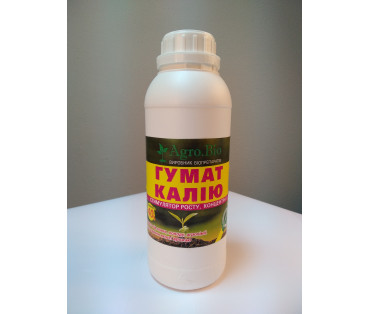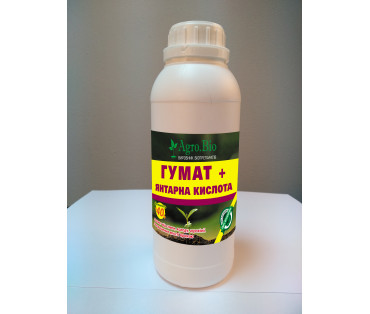Magnesium (Mg) – this trace element is needed to form the chlorophyll molecular structure
Magnesium (Mg) in the quantitative index this trace element is in the fourth place (after nitrogen, potassium, calcium) in a plant organism. It is needed to form the structure of the chlorophyll molecule (magnesium 10% of the total) which is an integral part of the photosynthesis process – it accumulates energy (is an essential component of the leaf herbage), accelerates the enzymatic processes, the formation of carbohydrates, is an integral part of the Paladeses granule involved in the process of proteins biosynthesis; accelerates the growth of the plants' root system, the absorption of nutrients from the soil (in particular, nitrogen), catalyzes the synthesis of adenosine triphosphates from nucleoside diphosphates; has high mobility in the agricultural crops organs (re-using of an element by a plant (from old leaves it passes into young, after flowering – into seeds). Magnesium is an important nutrient element for the plant (especially in its young parts) during flowering, fruiting and afterripening of the seeds.
The fully ripe seeds contain a large amount of magnesium and phosphorus, and the unripe contain 3 times more magnesium than calcium. Magnesium interacts with such elements as potassium, calcium, sodium, but with phosphorus they block each other interaction.
Magnesium deficiency: when the amount of magnesium is insufficient (especially from the beginning of plants growth and development), the color of the leaves is bleached (insufficient chlorophyll is formed, which affects the formation of plastids), the leaves coloration crossfade from green to light and even yellow, red, orange, purple along the edges and between veins (in time becoming particolored, fading); as time passed become brownish black and die first from the bottom part, and then from apical; the early fall of the leaves and fruit drop begin; marble chlorosis and leaves decline appear; apple suffer from chocolate spot, violation of metabolism (phosphorus, protein, carbohydrate), decrease of nutrients absorption (especially during droughts), decline in productivity potential, winter hardness and even leads to plants frost-killing.
Insufficient amount of magnesium in the soil is manifested: with excess of calcium and this prevents the magnesium absorption; in inhibiting the formation of organophosphorus compounds, which will affect the distribution of phosphorus in the plant. A plant consumes from 10 to 80 kg of magnesium from 1 hectar (the most vulnerable are maize, potatoes, beets, tobacco, legumes, and cereals consume more in the early stages of development (tillering, stem elongation). The income of magnesium in plants improves with sufficient soil application with elements of copper, zinc and boron.
Abuse of magnesium nutrition: leads to darkening of the coloration and decreasing in size, sometimes rolling-up and shriveling of young leaves appear.
Magnesium interinfluence with other elements
| Antagonists (overbalance of one triggers a deficiency of another element) | Synergist (improve mutual properties of each other) | Block the each other interaction (it is not recommended to combine together) |
| K (potassium), Ca (calcium), Na (sodium) | N (nitrogen) | P (phosphorus) |
Related Products
Humate Potassium + Phosphorus «Agro.Bio»
Potassium humate + ballast-free phosphorus from leonardite produced by AGRO.BIO is an environmentally friendly complex fertilizer and growth stimulator for agricultural plants, of organic origin, with..
$7.00
Humate + Succinic Acid «Agro.Bio»
Powerful, modern seed germination stimulator with excellent effect and low cost per hectare norm. Modern crop production technologies require the appearance of fast and uniform seedlings. In order to..
$12.00


